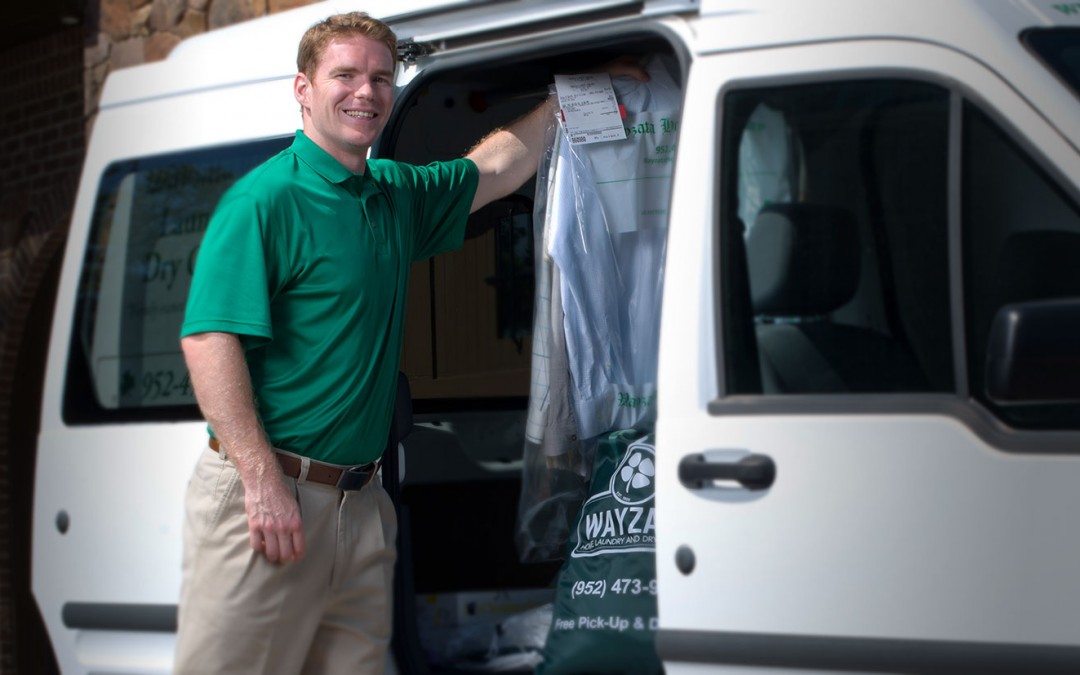How many times have you attempted to remove a stain, only to make it worse-or perhaps permanent? As we all know, stain removal can be a difficult task. Fortunately, professional stain removal technicians have the knowledge, ability, and finesse required to do the task accurately and professionally.
What is Professional Stain Removal?
Professional stain removal is a complex procedure undertaken by a stain removal technician.
The stain removal technician uses special stain removal techniques when wetting the fabric, applying stain removal agents, and drying fabrics. These special techniques are designed to keep the area contained during the stain removal process and to prevent fabric and color damage.
Professional stain removal technicians are trained to recognize stains by their color, location, and their reaction to stain removal substances. They are also knowledgeable about fibers and fabrics.
How are Stains Removed?
Some stains are removed by dissolving them in specific substances. For example, solvent-soluble substances such as oils and greases are removed by solvents, while water-soluble substances such as sugars and juices dissolve in water. Some stains are removed by using agents that chemically react with the stain. Other stains are removed by a digestion procedure. For instance, enzymes may be used to convert complex substances in a stain into simpler, more removable substances.
In some cases, concentrated stains require pretreatment before drycleaning. For this reason, it is important that you point out any stains to your dry cleaner. Some stains become invisible as they age. If these stains remain in the fabric for a long period of time, they can oxidize and become extremely difficult to remove. However, even with careful pretreatment prior to cleaning, some stains may become more noticeable after dry cleaning.
What Tools are Used in Professional Stain Removal?
The professional stain removal technician uses a specially designed stain removal board, which allows the technician to work on small areas at a time. The board equipped with steam or water, a vacuum system, and air for drying the fabric after stain removal is complete. A variety of special tools, such as stain removal brushes, blotters, eye dropper, cotton swabs, and magnifying glass are also available to aid in the stain removal process.
What Precautions Should be Taken in Stain Removal?
One of the greatest challenges to stain removal is removing stains without affecting the dyes used on the garment. This task can be tricky because of the solubility of certain dyes. As a result, the stain removal technician tests for colorfastness prior to attempting any type of stain removal treatment.
The stain removal technician must also determine the fiber content (i.e. silk, wool, polyester etc.), as some stain removal agents can damage certain fibers.
This is done through fiber identification tests, which can help to identify the fiber content when no label is present. The stain removal technician must also identify the fabric construction (knit, lace, woven, non-woven), as certain fabric constructions can be damaged in normal stain removal procedures and must be handled with care.
In addition, due to the nature of some fabrics and the type of stain, even the best professional may not be able to remove all stains without damage. This applies especially to perspiration stains, old stains, and sugar stains.
With all the knowledge and resources available to the stain removal technician, it is easy to see why leaving the stain removal to the professionals is much more
